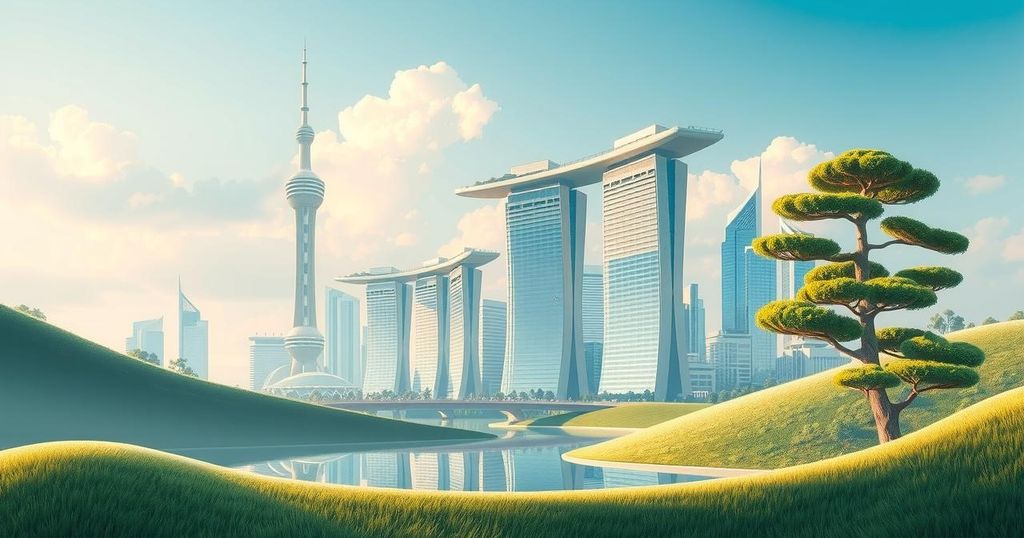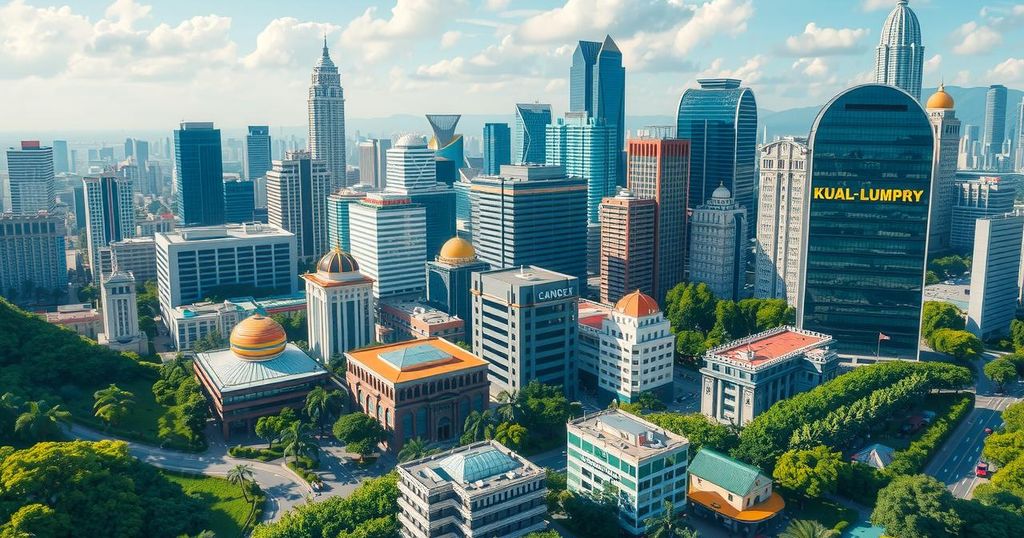Transformative Evolution of the United Arab Emirates: From Desolation to Affluence
The United Arab Emirates has evolved remarkably from a minimally developed region into a modern hub of affluence and luxury. Abu Dhabi, the richest emirate, shares wealth with its counterparts while fostering a young political structure. Gender equality and educational advancement for women are prominent, while the UAE navigates complex geopolitical challenges, particularly concerning Iran’s nuclear ambitions and U.S. relations.
The United Arab Emirates (UAE) has transformed dramatically over the past four decades, evolving from a land with few roads and scarce electricity to a modern oasis filled with luxury. This federation of seven emirates boasts extravagant malls, remarkable architecture, and affluent citizens who enjoy comprehensive public services including education and healthcare without taxation. A notable highlight is the Burj Al Arab, a 1,100-foot-high hotel, showcasing the UAE’s commitment to grandeur.
Abu Dhabi, the wealthiest and largest emirate, controls the majority of the UAE’s oil resources, thus sharing its wealth with other emirates. Functioning similarly to the U.S. political system, the ruling structure is characterized by a Federal Supreme Council comprising the emirate rulers. The UAE has a young government structure with evolving systems, including a Federal National Council, which is gradually incorporating more democratic elements.
Progress has also been made in gender inclusion, as demonstrated by the presence of women in the Federal National Council and in prominent government roles, such as Najla Al Awadhi, deputy general manager of Dubai TV. The cultural dynamics are changing, offering improved educational opportunities for women, who now outnumber men in university attendance and excel academically.
Despite its prosperity, the UAE faces challenges resulting from regional instability and the threat posed by Iran’s nuclear ambitions. The country actively seeks to engage in cooperative measures with Gulf neighbors, aiming to establish a Pan-Arab railway. Officials express concerns regarding U.S. foreign policy and urge for a diplomatic approach to ensure regional stability without exacerbating tensions.
Overall, the UAE stands as a flourishing nation navigating complex geopolitical issues while maintaining a robust internal development agenda. The citizens’ quality of life and ongoing reforms reflect a commitment to progressive governance amidst evolving challenges.
In conclusion, the United Arab Emirates epitomizes a remarkable transformation from a historically barren landscape to a global center of luxury and governance. While it benefits from significant oil wealth and advanced public services, the UAE also grapples with intricate political dilemmas and regional tensions. Continual societal evolution, especially in gender roles and education, marks its commitment to progress, while fostered diplomatic relations aim to mitigate regional instability.
Original Source: www.newjerseyhills.com




Post Comment